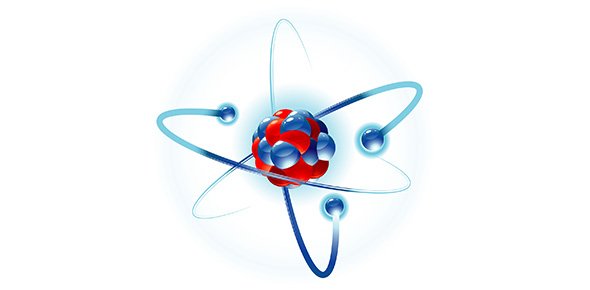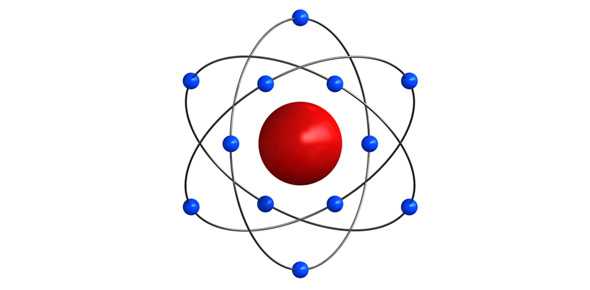Related Flashcards
Related Topics
Cards In This Set
| Front | Back |
|
5.1.1Define electric potential difference.
|
It is the work per unit charge needed to bring a positive test charge from one point to another.
|
|
5.1.2Determine the change in potential energy when a charge moves between two points at different potentials.
|
If the charge moves from a lower potential to a higher potential, it is the product of the strength of the electric field, its charge, and the distance it moves.
|
|
5.1.3Define electronvolt.
|
It is the energy gained by an electron moving through an electric potential (1.60 x 10-19J).
|
|
5.1.5Define electric current.
|
It is defined as the force per unit length between parallel current-carrying conductors which measures the flow of charged particles through a material when a potential difference is applied across it.
|
|
5.1.6Define resistance.
|
It is the ratio of the potential difference across a material to the current passing through it.
|
|
5.1.8State Ohm's Law.
|
At a constant temperature, the potential difference across a conductor is proportional to the current flowing through it.
|
|
5.1.9Compare ohmic and non-ohmic behavior.
|
Ohmic: Voltage and current are directly proportional.Non-ohmic: Voltage and current are not directly proportional.
|
|
5.1.10Derive and apply expressions for electrical power dissipation in resistors.
|
R = V/II = V/RV = IR
P = W/tW = q/vI = q/tt = q/IP = IVP = I2RP = V2/R |
|
5.2.1Define electromotive force (emf).
|
It is the total energy per unit charge made available by an electrical source.
|
|
5.2.2Describe the concept of internal resistance.
|
This is due to the resistance of the electrical source which dissipates some of the emf.
|
|
5.2.5Describe the use of ideal ammeters and ideal voltmeters.
|
Ideal ammeter - no internal resistance; placed in series; measures currentIdeal voltmeter - infinite internal resistance; placed in parallel; measures voltage
|
|
5.2.6Describe a potential divider.
|
It consists of resistors placed in series which divide the total potential difference of the circuit.
|
|
5.2.7Explain the use of sensors in potential divider circuits.
|
Sensors may be used in light-dependent resistors, negative temperature coefficient thermistors, and strain gauges.LDR - decrease in incident light causes an increase in resistanceNTC - increase in temperature causes a decrease in resistanceStrain gauge - increase in weight causes wire to become longer and thinner and thus, increases the resistance across it
|
|
6.1.1State Newton's universal law of gravitation.
|
The gravitational force between two objects is directly proportional to the product of the two masses of both objects and inversely proportional to the square of the distance between their centers.
|
|
6.1.2Define gravitational field strength.
|
It is the gravitational force exerted per unit mass in bringing a particle from infinity to a point in the gravitational field.
|





